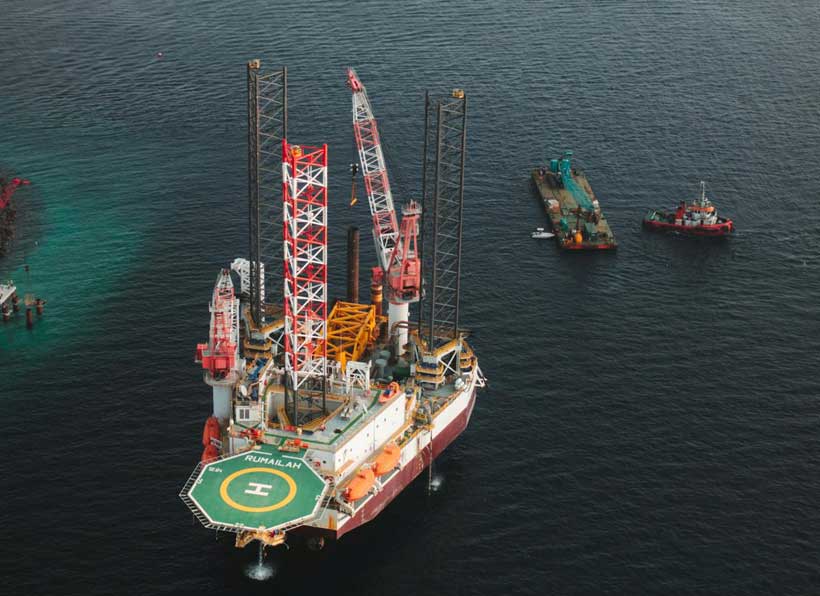India, Pakistan, and Bangladesh are major importers, obtaining petroleum products from various countries. Fluctuations in global oil prices significantly impact import costs and fuel prices. Each country has its regulatory approach, from partial deregulation to tightly controlled markets, influencing pricing structures and private sector involvement. Subsidies in countries like Pakistan aim to ease consumer burden but can strain government budgets and distort market dynamics.
From India and Pakistan’s partial deregulation to the tightly controlled markets of Bangladesh and Bhutan, the region reflects a blend of economic, political, and social dynamics. Essential to navigating this intricate landscape is the presence of regulatory bodies staffed with industry experts, ensuring informed decision-making free from political influence. Furthermore, given the significant impact of petroleum prices on the transportation sector and broader economy, addressing these challenges is vital for establishing a stable and sustainable regional petroleum market.
India’s approach serves as a prime example of a partially deregulated system, where market forces dictate the prices of petrol and diesel, while kerosene and LPG remain under government control. Despite notable progress in deregulation, consumers continue to bear the burden of high taxes and levies imposed by both central and state governments. Public Sector Undertakings (PSUs) like the Indian Oil Corporation further complicate the pricing dynamics within the fuel retail market.
Pakistan’s situation closely resembles India’s, adopting a similar hybrid model. Here, a blend of partial deregulation and government control over pricing exists, influenced by global oil prices and subsidies. However, efforts to introduce private retail outlets face obstacles due to political interference and the weight of subsidies. Advocacy from the Oil and Gas Regulatory Authority (Ogra) and the oil industry pushes for a gradual deregulation process to ease political pressures and encourage a more competitive market landscape. Various factors, including international crude oil prices, exchange rate fluctuations, taxes, and transportation costs, contribute to shaping the final price of petrol in Pakistan.
In contrast, Bangladesh presents a starkly different scenario with its tightly regulated fuel market. Here, the government retains control over the prices of all petroleum products. However, recent policy shifts indicate a significant departure from this approach. The government now opens the door to private sector involvement in activities such as importing, refining, and selling fuel products. This shift aligns with the rollout of an automatic fuel pricing system in March 2024, a prerequisite for meeting International Monetary Fund loan conditions. Under the new policy titled “Policy on Storage, Import, Export, Storage and Retailing of Recyclable Fuel in the Private Sector-2023,” private entities like Bashundhara Oil and Gas Company (BOGCL) are poised to enter the market. BOGCL stands on the brink of becoming the first private entity authorized to market products after refining imported crude oil, marking a noteworthy transformation in the landscape.
Sri Lanka and Nepal follow a model of partial deregulation, allowing private companies to import and distribute certain petroleum products. However, government intervention and subsidies still heavily influence final prices, complicating efforts to strike a balance between affordability and market forces. Nepal faces additional challenges due to its reliance on fuel imports from India, making it susceptible to price fluctuations in the neighboring country. Despite making progress with automatic price adjustments based on international oil prices and exchange rates, Nepal continues to grapple with the task of balancing revenue generation and consumer affordability.
Bhutan and the Maldives pose distinctive challenges in the South Asian energy landscape. Bhutan’s heavily regulated market, overseen by Bhutan Oil Limited, struggles with import dependence and a limited domestic market. While there are efforts towards limited deregulation, achieving a balance between economic considerations and social welfare remains crucial. On the other hand, the Maldives, with its dependency on imports and a small domestic market, requires cautious consideration before pursuing full deregulation to prevent potential price hikes that could disproportionately affect its tourism-based economy.
Afghanistan presents perhaps the most formidable challenge due to a multitude of factors. Decades of conflict have left the country’s infrastructure in disarray, impeding the development of a stable and efficient fuel market. Moreover, corruption risks pose a significant obstacle to any deregulation efforts. Establishing a stable deregulatory framework demand navigating these complexities while ensuring transparency and efficiency to rebuild trust and foster a sustainable fuel market.
South Asian nations face challenges in their petroleum sectors, including import dependency, which exposes them to global market fluctuations and emphasizes the need for energy security to sustain economic growth. Balancing market efficiency and consumer affordability is crucial. Diversifying energy sources like renewables can reduce reliance on imported petroleum products, while fostering regional cooperation can enhance bargaining power in the global oil market and facilitate collaborative infrastructure projects. Investing in domestic exploration and production is vital for long-term energy security. By adopting hybrid models that prioritize affordability and efficiency and making significant investments in renewable energy, South Asian countries can navigate their fuel market complexities and transition to a sustainable and market-oriented system, promoting economic growth and citizen well-being for generations.
